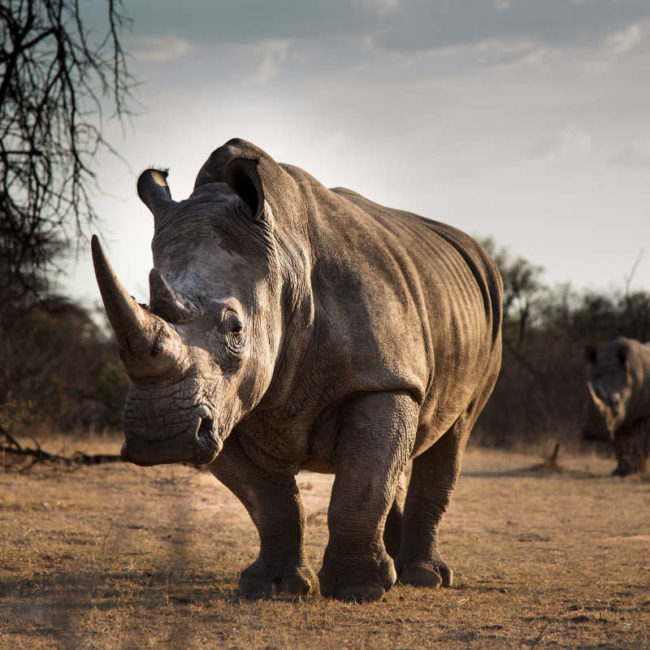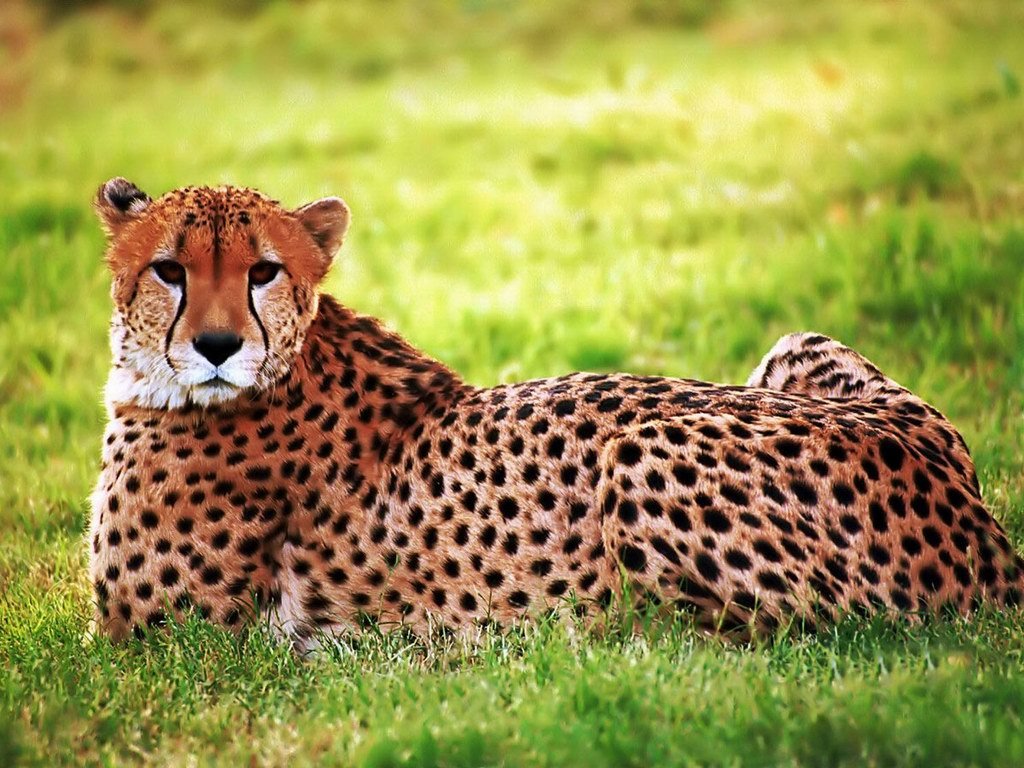

"I found that most variation in species numbers has a simple explanation: Groups living on land proliferate more rapidly than those in water." "I wanted to understand why these different groups vary in species numbers," said Wiens, a professor in the Department of Ecology and Evolutionary Biology. The results are published online in the journal Biology Letters.

Habitat is likely to be a more important variable in explaining species richness than other hypothesized explanations, such as climate or metabolic rate, and the importance of habitat may apply to many other types of organisms. New analyses of vertebrates performed by UA evolutionary biologist John Wiens suggest that the diversification rates of terrestrial groups are much higher than aquatic groups. It turns out that variation in species numbers among these major groups may depend on their habitats. Surprisingly little is known about how or why differences occur in species numbers among these major vertebrate groups. For example, there are only six species of lungfish and only 25 crocodilians - but roughly 10,000 birds and 9,700 lizards and snakes. Vertebrates include fish, amphibians, reptiles, birds and mammals, and the number of species within these groups can vary wildly. Of the nearly 1.5 million known animal species on Earth, those with backbones come in a stunning array of shapes and sizes. Only 25 different species of crocodilians exist. An alligator, part of the order crocodilia, makes its way through a Florida swamp.


 0 kommentar(er)
0 kommentar(er)
